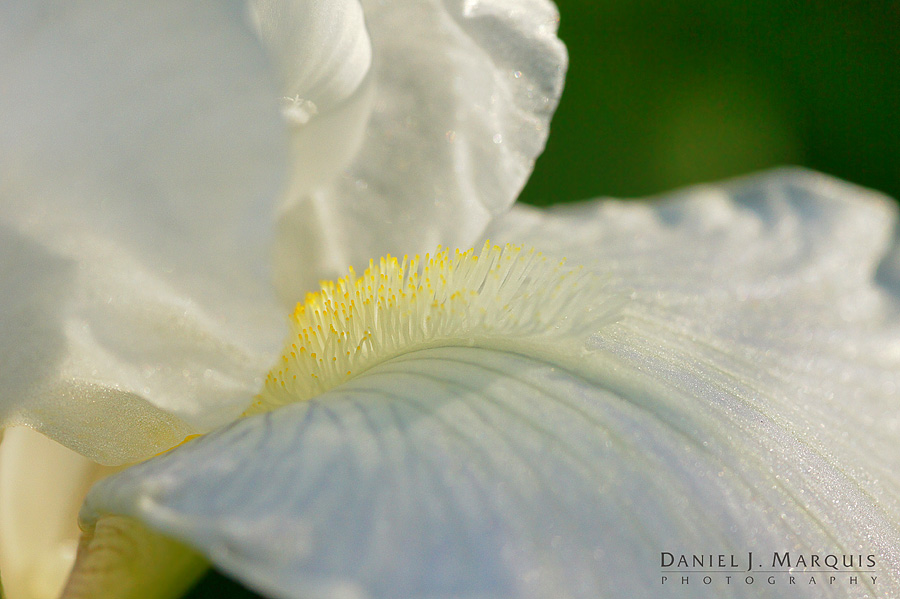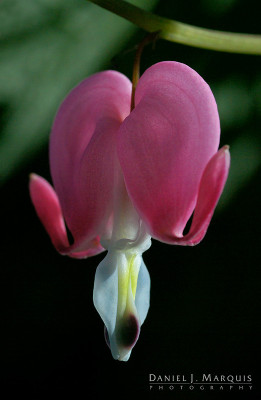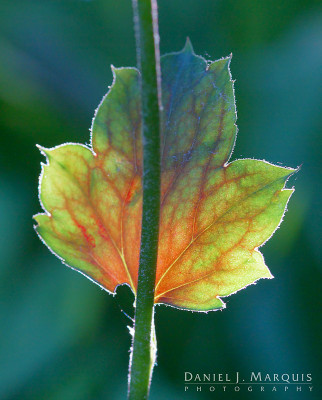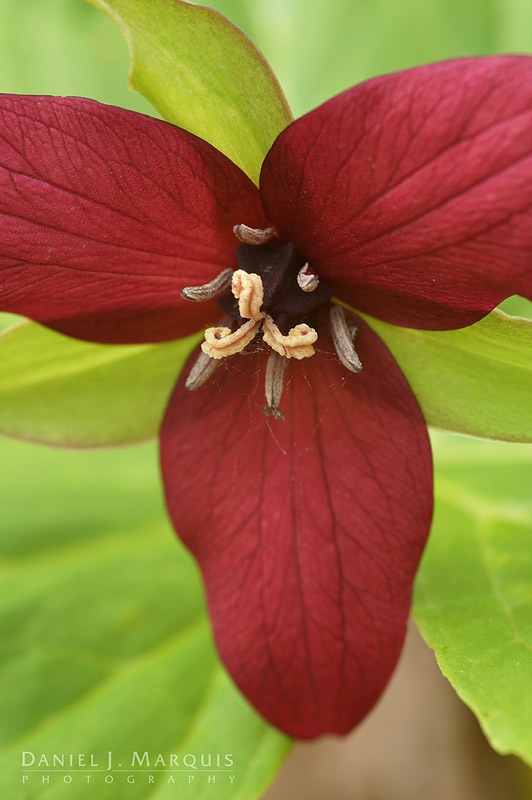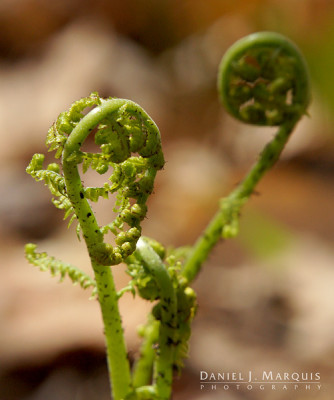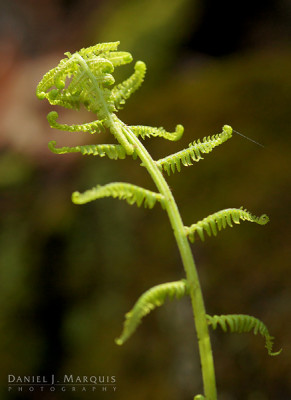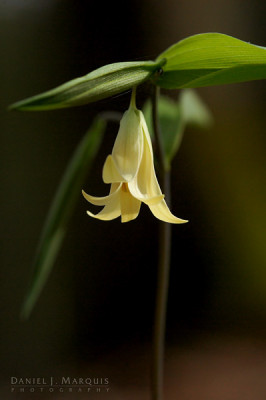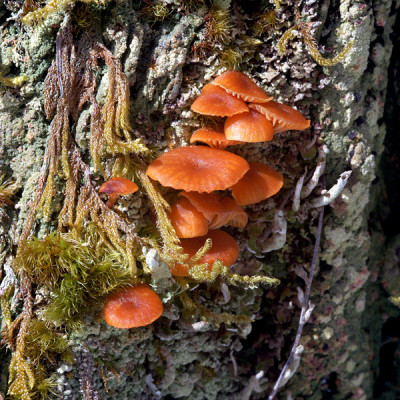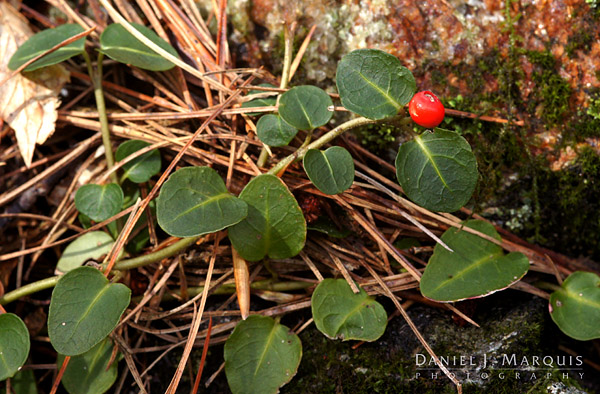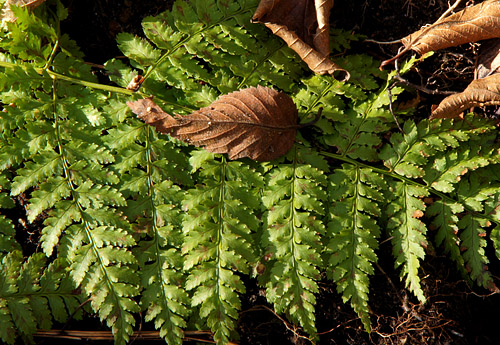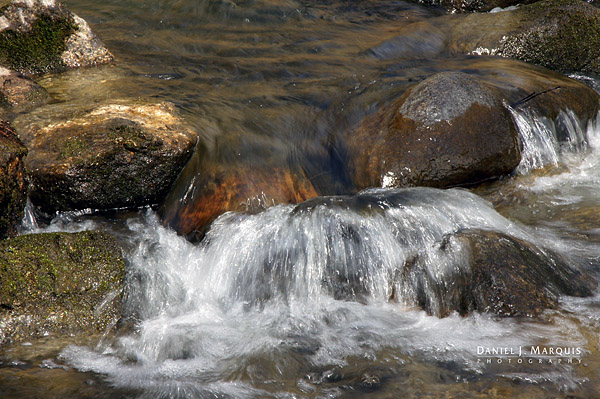The word photography means “to write with light”. And indeed, every photograph is ‘written with light’. That’s a given. but how do we use the light that we have to our best advantage when it comes to making a compelling photograph? Two answers come to mind; quality of light, and time of light. And actually those two qualities are somewhat related. Ideally, the best time for light photographically are the “golden hours”, just after sunrise and just before sunset. At these times the light has a warm quality that bathes everything in a warm color that is pleasing to the eye, especially in a photograph. But as for quality of light, in my opinion there are many other times besides these golden hours that can produce eye-catching photos. Late day is one of those times, when the sun is low enough in the sky to create interesting shadows, or to produce a back-light that causes translucent objects to light up and glow. And if you are in the woods, even a mid day sun can have an interesting effect on the ground as it weaves through the leaves overhead, causing patches of light and shadow on the forest floor.
In the image above, we have a very common subject; a bearded iris. If this photo were taken in the middle of the day, in full sunlight, there would be some very harsh shadows and burnt out highlights. In other words, it would be a very unappealing photo. But this particular photo was taken around 5:30 in the afternoon. The sun was getting low in the sky. It was off to the right and below the tree line, so the light that was hitting the flower was dappled by the leaves. This created a very even and pleasing light that made the petals and stamens come to life amid the very subdued shadows. In fact, between the trees and the passing clouds, I had to wait for the right light on the flower. But the final image was worth the wait.
In this image of a Bleeding Heart flower, the lighting situation is pretty much the same, but it illustrates a different point. The light was again dappled through the leaves, but here it was hitting only the flower. The background was in shade, causing it to go dark in the photo, which makes the flower stand out. Also, an f-stop (f-8) was used that would render the background blurry with no detail, further hilighting the main subject. (note; all of these images were shot with a 105mm macro lens)
This last image illustrates one of my favorite kinds of light; backlighting. Backlight can only be achieved when the sun is low in the sky, and only at very certain angles to the subject. But when it is right, it is magical. First, backlighting can transform a normally ‘nice’ subject into a thing of beauty. This works best with objects that are semi-translucent, like leaves and flower petals. When a low angle light comes through these objects, they almost turn into stained glass. And secondly, if there is some fine detail around the edges, like fine hairs, they tend to glow in a way that you wouldn’t see otherwise. This photo shows off both of these qualities.
So the next time you are out there late in the day, look around for some of these lighting situations. Start with your own back yard. You may see things you never saw before, and it will change the way you look at photographing everyday objects.

